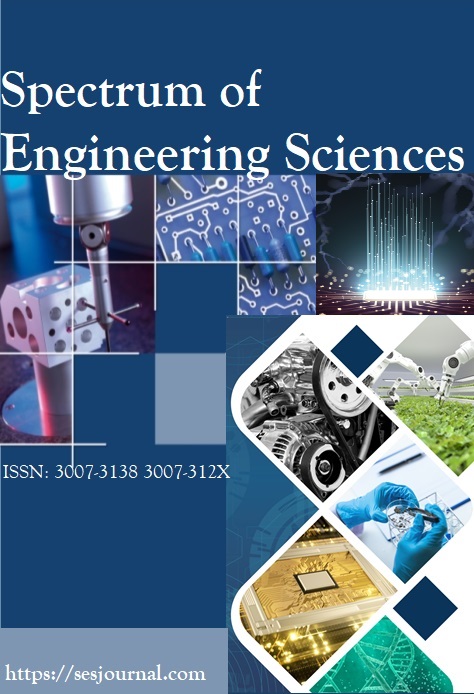A COMPARATIVE STUDY OF BLOCKCHAIN-BASED E-VOTING SYSTEMS: CHALLENGES, TECHNIQUES, AND IMPLEMENTATION
Keywords:
Blockchain, Solana Blockchain, e-Voting, Zero Knowledge Proof, Advanced Encryption Standard (AES)Abstract
Traditional voting methods require the physical appearance of voters. With the progress of digital technology and the advent of electronic voting systems, voters can now vote from remote locations. However, even such systems have to face many challenges in terms of safety and privacy. Here, we propose our e-voting system based on blockchain technologies to ensure voter information's anonymity, security, and consistency through Merkle trees and hash digests. The data alteration is easily detected, leading to a compromised block's rejection. This research introduces a novel e-voting solution using the innovative approach of blockchain technology, applying the Advanced Encryption Standard (AES) and Zero Knowledge proof algorithms. Our decentralized architecture ensures a highly secure and transparent voting process and provides a robust framework for verifiable and auditable elections. Applying advanced cryptographic techniques guarantees the confidentiality and integrity of each vote. Designed to be user-friendly, accessible, and adaptable for organizations with internal polls. This landmark initiative lights the way to a new voting process, making it different and impossible to counter until now, as it focuses on security, transparency, and accessibility- all of these being a giant leap forward in the evolution of electronic voting technology.
















